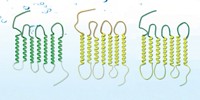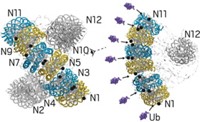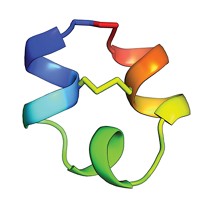Advertisement
Grab your lab coat. Let's get started
Welcome!
Welcome!
Create an account below to get 6 C&EN articles per month, receive newsletters and more - all free.
It seems this is your first time logging in online. Please enter the following information to continue.
As an ACS member you automatically get access to this site. All we need is few more details to create your reading experience.
Not you? Sign in with a different account.
Not you? Sign in with a different account.
ERROR 1
ERROR 1
ERROR 2
ERROR 2
ERROR 2
ERROR 2
ERROR 2
Password and Confirm password must match.
If you have an ACS member number, please enter it here so we can link this account to your membership. (optional)
ERROR 2
ACS values your privacy. By submitting your information, you are gaining access to C&EN and subscribing to our weekly newsletter. We use the information you provide to make your reading experience better, and we will never sell your data to third party members.
Environment
Two-faced detergents
August 20, 2007
| A version of this story appeared in
Volume 85, Issue 34
A new detergent with a structure that deviates from the conventional topology of amphiphilic molecules could help drug developers eke out hard-to-get structural information about membrane-bound protein targets (Angew. Chem. Int. Ed., DOI: 10.1002/anie.200701556). Detergents usually have a polar head group and a nonpolar alkyl tail, and one of their uses is mimicking cellular lipids to help preserve the structure and function of membrane proteins. To make the new detergent, a team led by Qinghai Zhang of Scripps Research Institute modified a steroid skeleton (shown, red) with polar sugar side groups (blue). The molecule's unmodified face packs against the membrane-spanning portion of a protein, leaving the side groups exposed as shown. The detergent has a larger surface area than conventional detergent molecules and can better maintain the proteins' integrity and catalytic activity than standard detergents, thus improving structural analysis, according to coauthor M. G. Finn.





Join the conversation
Contact the reporter
Submit a Letter to the Editor for publication
Engage with us on Twitter